Han Suk Shim
QbyE-MLPMixer: Query-by-Example Open-Vocabulary Keyword Spotting using MLPMixer
Jun 23, 2022
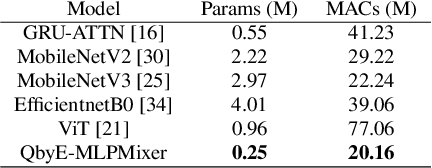
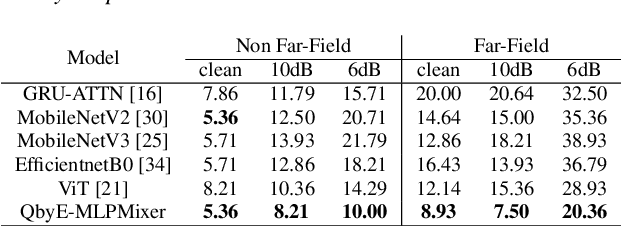
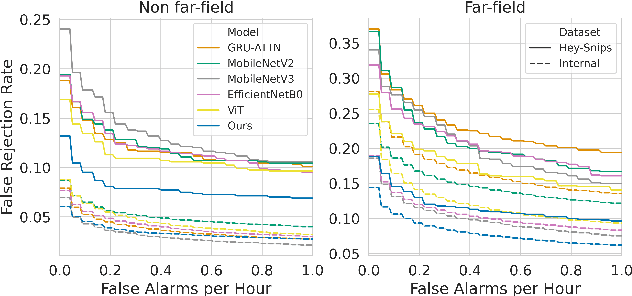
Abstract:Current keyword spotting systems are typically trained with a large amount of pre-defined keywords. Recognizing keywords in an open-vocabulary setting is essential for personalizing smart device interaction. Towards this goal, we propose a pure MLP-based neural network that is based on MLPMixer - an MLP model architecture that effectively replaces the attention mechanism in Vision Transformers. We investigate different ways of adapting the MLPMixer architecture to the QbyE open-vocabulary keyword spotting task. Comparisons with the state-of-the-art RNN and CNN models show that our method achieves better performance in challenging situations (10dB and 6dB environments) on both the publicly available Hey-Snips dataset and a larger scale internal dataset with 400 speakers. Our proposed model also has a smaller number of parameters and MACs compared to the baseline models.
Query-by-Example Keyword Spotting system using Multi-head Attention and Softtriple Loss
Feb 14, 2021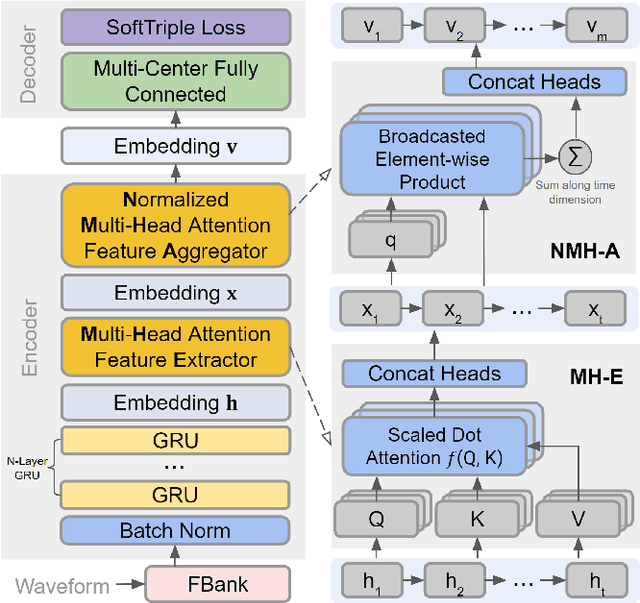

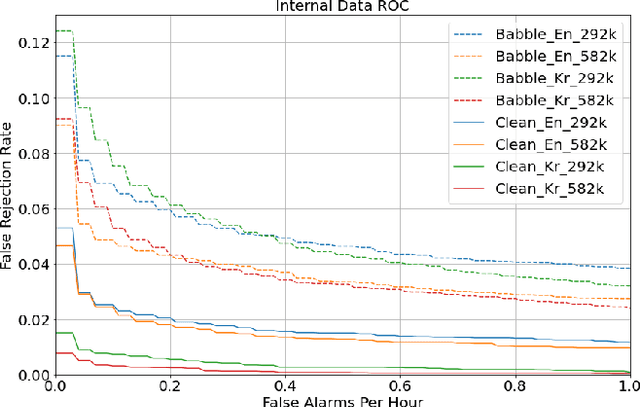
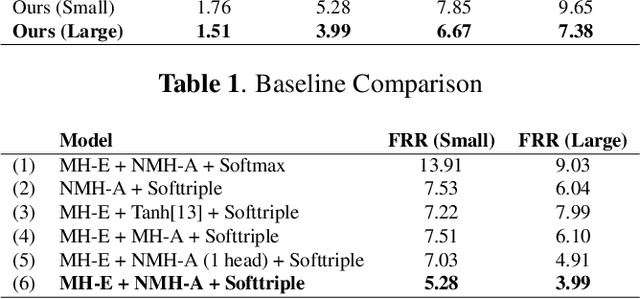
Abstract:This paper proposes a neural network architecture for tackling the query-by-example user-defined keyword spotting task. A multi-head attention module is added on top of a multi-layered GRU for effective feature extraction, and a normalized multi-head attention module is proposed for feature aggregation. We also adopt the softtriple loss - a combination of triplet loss and softmax loss - and showcase its effectiveness. We demonstrate the performance of our model on internal datasets with different languages and the public Hey-Snips dataset. We compare the performance of our model to a baseline system and conduct an ablation study to show the benefit of each component in our architecture. The proposed work shows solid performance while preserving simplicity.
Robust Uncalibrated Stereo Rectification with Constrained Geometric Distortions (USR-CGD)
Mar 31, 2016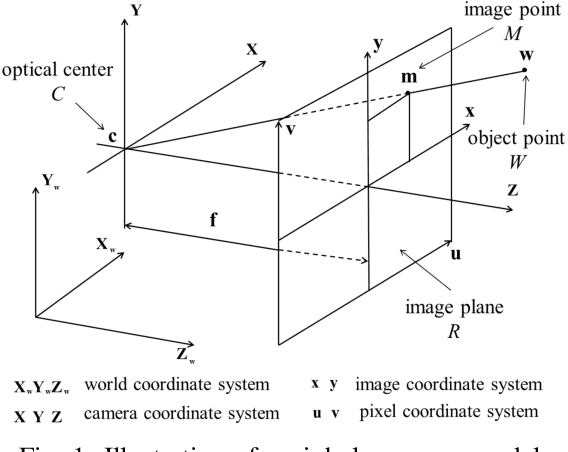
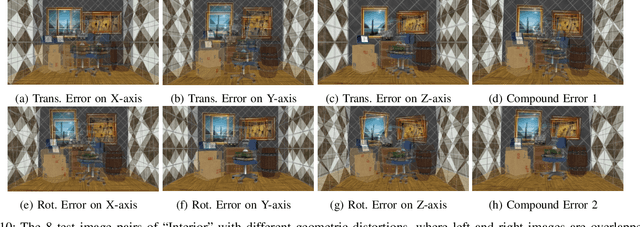
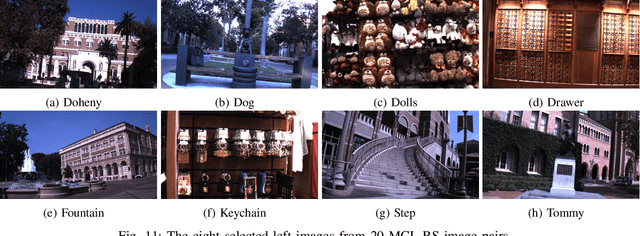
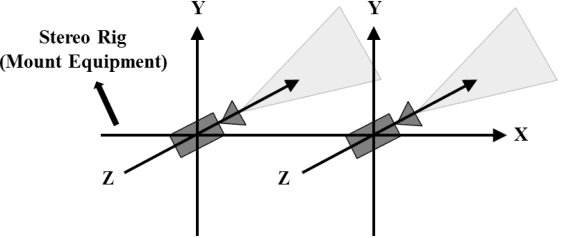
Abstract:A novel algorithm for uncalibrated stereo image-pair rectification under the constraint of geometric distortion, called USR-CGD, is presented in this work. Although it is straightforward to define a rectifying transformation (or homography) given the epipolar geometry, many existing algorithms have unwanted geometric distortions as a side effect. To obtain rectified images with reduced geometric distortions while maintaining a small rectification error, we parameterize the homography by considering the influence of various kinds of geometric distortions. Next, we define several geometric measures and incorporate them into a new cost function for parameter optimization. Finally, we propose a constrained adaptive optimization scheme to allow a balanced performance between the rectification error and the geometric error. Extensive experimental results are provided to demonstrate the superb performance of the proposed USR-CGD method, which outperforms existing algorithms by a significant margin.
 Add to Chrome
Add to Chrome Add to Firefox
Add to Firefox Add to Edge
Add to Edge